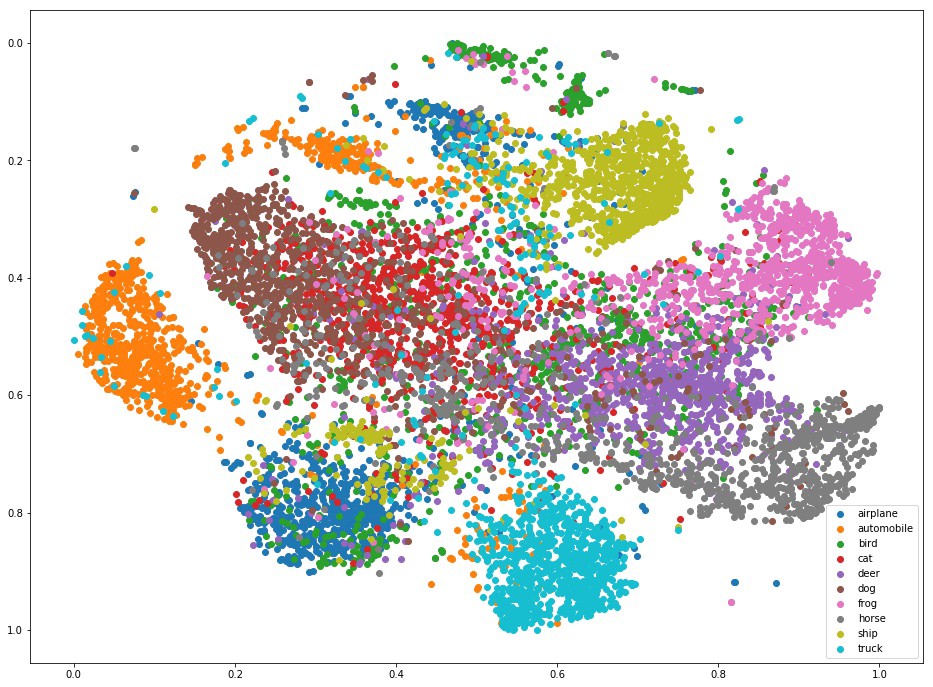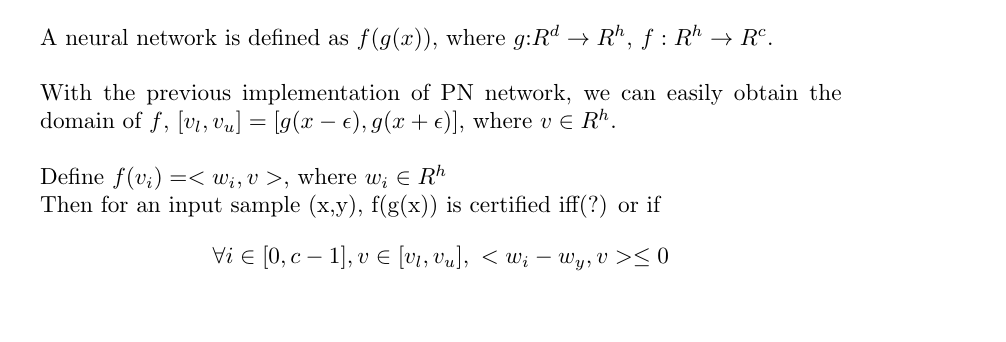This repository contains the pytorch attempts to replicate the results from the recent DeepMind Paper, "On the Effectiveness of Interval Bound Propagation for Training Verifiably Robust Models",https://arxiv.org/pdf/1810.12715.pdf
This is not an official implementation. The difference in the numbers might be due to various reasons. Please refer to the original repo, https://github.com/deepmind/interval-bound-propagation, for exact implementation details.
Python 3.5
Pytorch
GTX 1080 Ti ( The results shown on the paper was run on 32 TPU with way larger batch size. So drop in performance should be expected.)
The results are not measured with MIP, to get "exact" bound, more work needs to be done.
| Model | Robust Acc | Nominal Acc |
|---|---|---|
| Small | 0.96 | 0.9823 |
| Medium | 0.9418 | 0.977 |
| Large | 0.9458 | 0.9754 |
| Model | Robust Acc | Nominal Acc |
|---|---|---|
| Small | 0.3481 | 0.5535 |
| Medium | 0.3179 | 0.4914 |
| Large | 0.3426 | 0.5223 |
It's clear that the robust objective proposed is way harder than the nominal one and it's not separable after transformations by convolutional layers. It's very likely that the bound propagation introduces overlapping in data manifolds with different labels, such that obtaining zero training loss is impossible.
Attempting to achieve similar performance with limited resource, I speculate that we might need a "tighter" objective than the one proposed.
On the side, I also tried a "tighter" version of IBP by constraining the weights of some layers to be non-negative and ues convex polygon in the last layer.
Also sometimes Spectral Normalization seems to be able to stablize the robust training by regulating the lipschitz constant.


